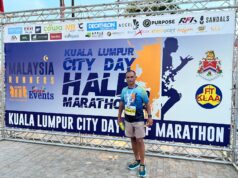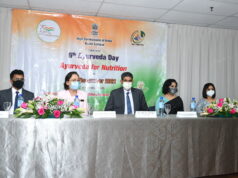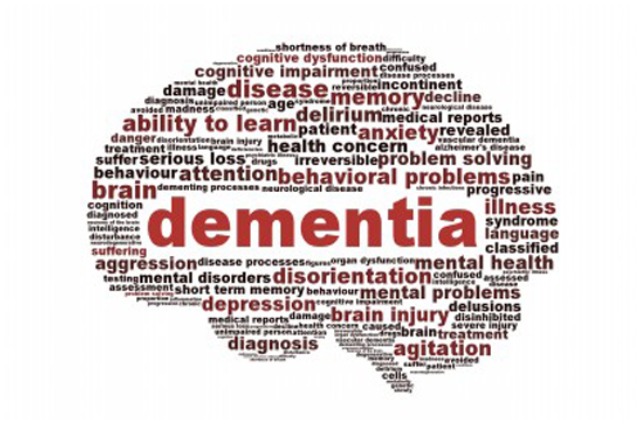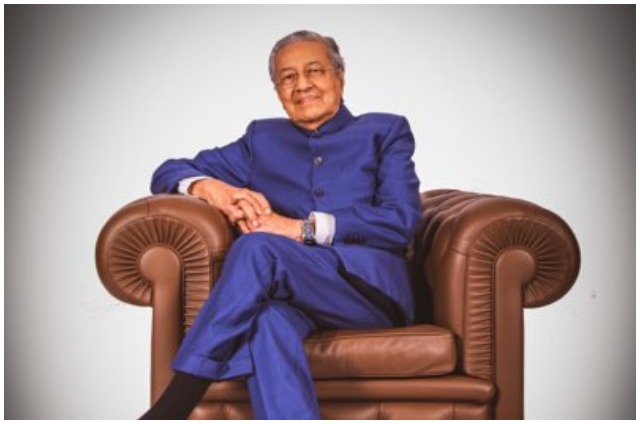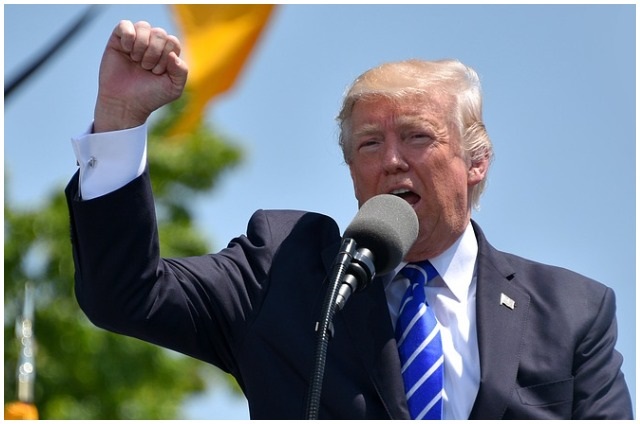

1. CLINICAL DATA:
Out of the 126 cases, 70 were males and 56 were females; the oldest was 56 years old and the youngest 15 years old; the shortest course was 3 hours and the longest course was I year. Most patients were treated within two days of a sprain.
1.2. Diagnostic Criteria:
The diagnosis revealed external injury, accompanied by tumefaction and pain in the ankle, and difficulty in walking. When entropion and sprain appeared, the upper lower part of the lateral malleolus was distended and tender;
the foot was performing various actions; blocking ache occured in the upper lower part of the lateral malleolus. X-ray revealed no fractures, no rupture of ligaments, nor trusion of the ankle joint.
2. METHOD OF TREATMENT:
The main point was Qiuxu(GB40) in the non-affected leg. Filiform needles (diameter: 0.38 mm, length: 40 mm) were used. After routine sterilization, we fixed the point with the left hand and inserted the needle quickly with the right hand into the subcutaneous part to a depth of about 25 mm.
We usedthe reducing method as the main method, with the affected foot moving and the ankle joint doing plantar flexion, entropion, and eversion, we applied sufficient lifting and thrusting to induce a feeling of soreness, numbness, distention, and pain in the local area.


For patients with serious sprain, we combined cold therapy, massage, and TDP, and obtained excellent results. Treatment was given once a day; one course consisted of 7 days of treatment.
3. OBSERVATION OF CURATIVE EFFECT:
3.1. Standard of Curative Effect:
Cured: The ankle joint recovered its normal functions, pain disappeared, the patient could walk as before. Marked effect: The clinical symptoms almost disappeared, pain was relieved significantly, there was minimal pain when walking. Moderate effect: The clinical symptoms were improved, pain was relieved, ankle joint function improved after treatment. No effect: Symptoms and physical signs showed no improvement.
3.2. Results:
Of the 126 cases, 98 cases (77.78%) were completely cured, 17cases (13.49%) showed a marked effect, 8cases ( 6.35%) showed a moderate effect, and there was no effect in 3cases 2.38%. The total effective rate was 97.62%. Of the 98 cases that recovered completely, the least number of treatments is 1 and the most is 7, the average is 4 treatments.
A 21-year-old male student, was first seen on December 10, 1993. He had sprained ankle joint going down the stairs. Examination showed red swelling and tenderness in the lateral malleolus; he could not walk without aid.
He was referred to the Department of Acupuncture and was treated with the above method. Pain was relieved significantly after 10 minutes. The needles were retained for 30 minutes, and the treatment was given once a day. After 4 treatments, the red swelling and tenderness disappeared, and he was cured.
5. DISCUSSION:
Qiuxiu(GB40), which has a powerful analgesic effect, is located at the starting point of the extensor digitonimbrevis where the lateral anterior malleolar artery and vein are distributed; the branches of later dorsal cutaneous nerve of the foot and the superficial peroneal nerve are also located there.
Puncturing this point diverts the focus of excitation of pain in the cerebral cortex, or directly stimulates the afferent nerves and blocks afferent pain fibers. The opposite needling method, which involves the selection of points contralateral to the affected side, is often used to treat patients with pain and dysfunction.
This study has been done by acupuncture department, Henan College of Traditional Chinese Medicine, Zhongzhou, China. The author is the head of the department of Acupuncture at Sir Ganga Ram Hospital. You can write your queries to Dr. Raman Kapur at kapuracu@kapuracu.com.
-INDIA TODAY





